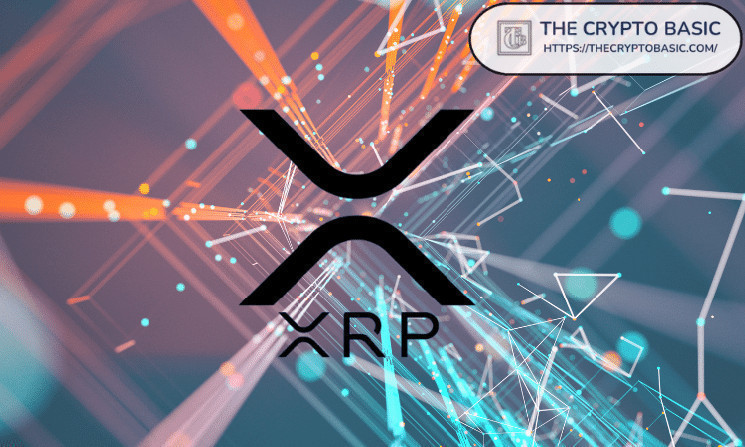The XRPL EVM sidechain validators will receive payments in XRP, according to a recent disclosure from Ferran Prat Tió, the co-founder and CEO of Peersyst.
Peersyst Technology, the development firm behind the upcoming XRPL Ledger EVM-compatible sidechain, has continued to release updates and crucial information on the upcoming blockchain.
The latest disclosure came from its CEO Ferran Prat Tió during an interview with Eri, a prominent Tokyo-based XRP community figure. In the interview, Eri asked Tió about the possibility of the validator system running on a reward system, as opposed to the XRPL’s model.
The XRPL Burns Network Fees
It bears mentioning that the XRP Ledger leverages a unique consensus mechanism dubbed the XRP Ledger Consensus Protocol. This model is different in several ways from the more popular Proof-of-Stake and Proof-of-Work consensus mechanisms.
One of the ways the XRPL’s approach differs from the mechanisms on other networks is the fact that it does not have a reward system for validators. Notably, validators receive no incentives from the network for the role they play.
Instead, the network automatically burns any fees it generates from transactions. Data from the XRPL validator indicates that over 12 million XRP worth more than $6.2 million have been burned by the network since the XRP Ledger’s inception.
EVM Sidechain Will Pay Fees to Validators
Ferran Prat Tió says the EVM sidechain, which would connect to the XRPL through a bridge, would adopt a different approach. According to him, validators on the EVM sidechain would receive rewards in XRP for their contribution to the network.
😅Read Carefully: The New @Ripple XRPL EVM Sidechain VALIDATORS will be paid in #XRP.🤯
Different than the XRPL mainnet, where #XRP transaction fees are burned, the validators collect these fees on the new Peersyst-built chain.
The best incentive IS…. an incentive
Sneak Peek:… pic.twitter.com/NL0qdMMqGY— 🌸Crypto Eri 🪝Carpe Diem (@sentosumosaba) February 8, 2024
It is important to note that despite being a separate network on its own, the sidechain would leverage XRP as a native token. As a result, the blockchain will collect gas in XRP, just like the XRP Ledger. However, these fees will go to validators instead of getting burned.
The Peersyst CEO emphasized that the EVM sidechain’s use of XRP as its native token represents the blockchain’s main benefits. He stressed that, with this feature, the XRPL community can continue to hold their XRP tokens on the sidechain without having to sell it off for another asset.
In his words, “the most important part is that all these things will create a demand for XRP.” He noted that the validators could receive their XRP rewards and reinvest the tokens in the ecosystem, further bolstering the growth of the ecosystem.
An Important Clarification
However, the operator behind onledger made some important clarifications to these comments. He stressed that the validators would not receive their rewards in the native XRP on the XRPL, but a wrapped version of XRP on the sidechain.
Paid in wXRP but could be cnverted to XRP is probably more accurate.
XRP can’t exist outside of the XRPL and the fees being paid on the sidechain are in wXRP, not XRP itself.
XRP is locked up on the XRPL side.
1 XRP locked may be represented by 0.95 wXRP and 0.05 wXRP in fees
— onledger.net (@offledger) February 8, 2024
For context, a token domiciled on a blockchain cannot exist outside that blockchain. As a result, developers create a wrapped version of that token to utilize it on other chains. The wrapped version often holds a value that is equal to the value of the original version.
This is the technique used for the XRPL EVM sidechain. When a user bridges their XRP from the XRPL to the sidechain, the network locks up the native XRP in a contract and mints a wrapped XRP of equal proportion on the sidechain. The validators will receive this wrapped XRP as gas.

